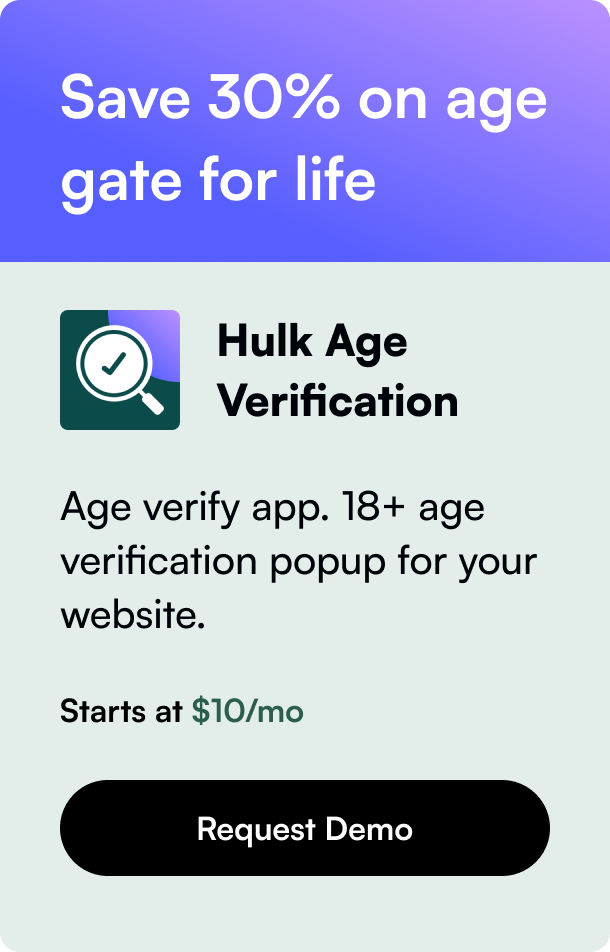Table of Contents
Introduction
Have you ever dreamt of launching your own online store but felt overwhelmed by the technicalities involved? Imagine the excitement of seeing your very first sale come through. This isn't just a dream; it's a possibility with Shopify, one of the most user-friendly e-commerce platforms out there. In today’s digital age, having an online presence isn't just beneficial; it's essential. With that in mind, setting up and making your store live on Shopify might be one of the most exciting steps you'll take towards realizing your business dreams. This comprehensive guide is tailored to demystify the process, breaking down everything from the pre-launch phase to the final click that unveils your store to the world. So whether you're a budding entrepreneur or a seasoned merchant looking to switch to Shopify, this guide has got you covered.
Purpose of This Blog Post
By the end of this post, you'll understand the seamless process of making your Shopify store live. We'll cover crucial steps such as testing your store, connecting a domain, removing password protection, and ensuring your payment gateways are set up correctly. Plus, I'll share additional tips to make sure your launch goes as smoothly as possible.
The Journey to Launch
Setting Up Your Shopify Store
The first step in making your store live is, of course, setting it up. Shopify offers a 14-day free trial, giving you ample time to explore its features and set up your store before going public. The setup process involves choosing a theme, adding products, and customizing your settings. Remember, the look and feel of your store should reflect your brand identity.
Testing Your Store
Before you unveil your store to the world, it’s crucial that everything works flawlessly. Here’s how to ensure a smooth customer experience:
- Place test orders: Shopify allows you to simulate transactions to check if the payment gateway and checkout process work correctly.
- Navigate through your store: Ensure all links, buttons, and pages load correctly and quickly. Testing on different devices and browsers is key to ensuring a great user experience for all customers.
- Check your store’s mobile responsiveness: With more and more consumers shopping on their mobile devices, your store must offer a seamless mobile shopping experience.
Connecting Your Domain
A domain name is your online address; it’s how customers find your store. Shopify allows you to purchase a domain directly or connect an existing one. Remember to update your DNS records to point your domain to your Shopify store. This step is crucial for making your store accessible by its brand name.
Removing Password Protection
Shopify stores are password protected by default to give you privacy during the setup process. Once you're ready to go live:
- Navigate to the ‘Online Store’ section in your Shopify admin.
- Go to ‘Preferences’.
- Disable the password protection to open your store to the public.
Setting Up Payments
Selecting your payment providers is a crucial step. Shopify Payments, Shopify's integrated payment solution, makes this process straightforward for merchants in supported countries. Ensure that you have also set up alternative payment methods like PayPal or Amazon Pay to cater to a wider audience.
Final Checks
Before launching, make sure all your store’s information is accurate. This includes your shipping rates, tax settings, return policies, and contact information. Small details matter and can significantly impact the customer experience.
Going Live
Once you've completed the steps above, your Shopify store is technically ready to go live. However, here's a quick pre-launch checklist to ensure nothing is missed:
- Domain connected and verified: Double-check if your custom domain is correctly pointing to your Shopify store.
- All test orders and configurations finalized: Ensure that your payment gateway is out of test mode.
- Store policies in place: Make sure your terms of service, privacy policy, and return policy are clearly stated and easy to find.
- SEO settings optimized: Include relevant keywords in your product titles and descriptions to increase your store's visibility online.
Post Launch
Congratulations! Your store is now live. But the journey doesn’t stop here. Post-launch activities are crucial for your store's success. Consider implementing marketing strategies, such as email marketing and social media campaigns, to drive traffic to your new store. Analyzing your store’s performance through Shopify Analytics is also key to understanding your customers better and optimizing your store accordingly.
FAQ
Q: How long does it take to set up a Shopify store? A: The time it takes varies greatly depending on the complexity of your store and how much time you can dedicate to setting it up. On average, a basic store can be set up and made live in a few days to a week.
Q: Can I switch my payment gateways after going live? A: Yes, Shopify allows you to change your payment gateways anytime through the admin panel.
Q: Do I need to know coding to set up my Shopify store? A: No, one of Shopify's main advantages is that it's designed for users at all technical levels. While some coding knowledge can come in handy for customization, it’s not necessary for setting up or managing a Shopify store.
Q: What should I do if my domain isn’t connecting properly? A: Double-check your DNS settings, and make sure you’ve waited the necessary 48 hours for changes to take effect. If issues persist, reach out to Shopify support or your domain provider for assistance.
Q: How can I drive traffic to my new Shopify store? A: Use a combination of SEO, social media marketing, content marketing, and paid advertising to attract visitors to your store. Engaging with your community and offering promotions can also boost traffic and sales.
In summary, making your store live on Shopify is a journey that requires careful preparation but is marked by exciting milestones. By following the steps outlined in this guide, you’ll be well on your way to launching a successful Shopify store. Remember, the launch is just the beginning. Continuously optimizing your store and marketing your brand are ongoing tasks that will help your business grow and thrive in the competitive e-commerce landscape.









